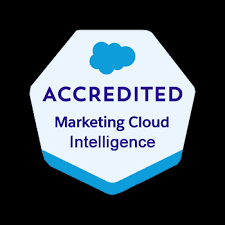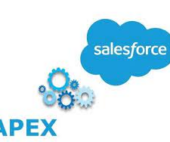Essential Technologies for Value-Based Care Success
As healthcare providers increasingly adopt value-based care, they must invest in the right technologies and resources to succeed in this model, which incentivizes high-quality, cost-effective care. Value-Based Care Technologies tie reimbursement to care quality, making providers accountable for patient outcomes while providing resources to enhance care.
As of 2021, nearly 60% of healthcare payments were already tied to value-based models, according to the Health Care Payment Learning and Action Network (HCP LAN). While partnerships can initiate value-based care, providers must invest in the right technology to fully achieve the intended outcomes.
Health Information Exchange (HIE)
A robust health information exchange (HIE) is fundamental to value-based care, as it enables providers and payers to access high-quality data seamlessly. HIE allows healthcare professionals to share patients’ medical information electronically across organizations, promoting care coordination by giving providers a comprehensive view of patient needs. For patients, HIE enables more informed involvement in their care by making their health data accessible across specialists, labs, and pharmacies.
While joining an HIE may involve new technology investments and workflow adjustments, it ultimately enhances provider access to critical health data.
Population Health Management Tools
Population health management tools help providers assess health outcomes within groups rather than focusing on individuals alone. These tools aggregate and analyze data, allowing practices to identify high-risk patients and create targeted interventions. This not only enhances health outcomes but can also reduce costs by avoiding expensive treatments.
Patient engagement tools, such as telehealth and remote patient monitoring, are essential in population health management, especially for monitoring high-risk patients when in-person care is not feasible. Digital surveys integrated within patient portals can provide insights into social determinants of health, adding a broader context to patient needs.
Data Analytics
Data analytics transform healthcare data into actionable insights across four types: descriptive, diagnostic, predictive, and prescriptive. Providers can use these analytics to reduce hospital readmissions, predict diseases, and identify chronic illnesses.
Data integration and risk stratification capabilities are especially valuable in value-based care, enabling providers to track patient health outcomes effectively and prioritize high-risk cases.
Artificial Intelligence & Machine Learning
AI and machine learning support many data analytics functions, helping identify patient needs and easing administrative burdens. Given staffing shortages and burnout—reported by 63% of physicians in 2021, according to the American Medical Association (AMA)—AI can automate tasks like documentation, charting, and scheduling, allowing providers to focus more on patient care.
Additionally, AI-driven automation in revenue cycle management tasks, such as billing and coding, can reduce the administrative workload associated with value-based care.
Price Transparency Technology
Price transparency empowers patients to seek cost-effective care, a core principle of value-based models. When providers comply with transparency regulations, patients can better understand their costs and make informed decisions.
For providers, leveraging price transparency tools ensures compliance and facilitates partnerships with payers by enabling more effective negotiation, which supports the overall goals of value-based care.
As healthcare continues shifting to value-based models, investing in these technologies is critical for providers aiming for long-term success. While these tools rdo equire substantial investment, they are essential for improving patient outcomes, optimizing care quality, and ensuring sustainability in value-based care.
When evaluating and choosing healthcare technology tools, contact Tectonic for help.
🔔🔔 Follow us on LinkedIn 🔔🔔













